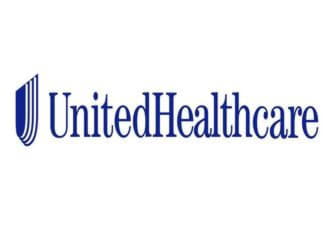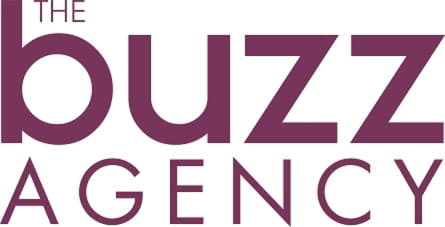
More than 70 percent of Americans say they are prepared for open enrollment, yet most people struggle to understand basic health insurance terms, according to a recent UnitedHealthcare survey. Only 9 percent of survey respondents could successfully define all four basic health insurance concepts: plan premium, deductible, co-insurance and out-of-pocket maximum. Here are five tips that can help you make the most out of your health benefits and better understand how to use your healthcare dollars:
1.Know your open enrollment dates
Open enrollment isn’t the same or at the same time for everyone, so there are key dates to keep in mind depending on your situation:
- For more than 177 million Americans with employer-provided coverage, many companies set aside a two-week period between September and December when employees can select health benefits for the following year.
- For the more than 58 million seniors and other people enrolled in Medicare, their Open Enrollment runs from Oct. 15 to Dec. 7 each year.
- Health insurance marketplace or individual state exchange open enrollment runs from Nov. 1 to Dec. 15.
For most people, changes made to coverage during open enrollment take effect Jan. 1, 2018.
2.Take time to review your options
Every person or family has unique health and budget needs, so there is no one-size-fits-all approach to selecting a health plan. Take the time to explore your options, and understand the benefits and costs of each plan so you can find the coverage that works best for you and your family members.
- Check if your current coverage still meets your needs and if your benefits will change next year.
- Determine if the plan is a good fit for your budget, and pay attention to more than just the monthly premium. You should also understand the other out-of-pocket costs, including deductibles, copays and coinsurance.
- Make sure your medications are covered. Even if you don’t expect to change plans, it’s important to ensure your drugs will still be covered next year.
3.Make sure your doctor is in your plan’s care provider network
Even if you don’t make any changes to your health insurance this year, it’s still a good idea to ensure that any doctor you see regularly – or plan to visit in the coming year – is in your benefit plan’s care provider network.If you plan to visit a doctor or hospital outside of the network, be sure to understand how your costs will differ from a network care provider because those costs will most likely be higher.
Also, check if your plan includes 24/7 telehealth services for consultations on minor health issues. Often, telehealth – defined as online, or virtual, visits with a doctor over a computer, tablet or mobile phone – is available to people enrolled in employer-sponsored health plans and group Medicare Advantage plans, as well as select individual Medicare Advantage plans. Virtual visits may provide convenient and affordable access to care for minor medical issues, including allergies, bronchitis, and seasonal flu.
4.Don’t forget about additional benefits
Additional benefits such as dental, vision, accident or critical-illness insurance are often affordable options that can protect you and your family from head to toe. For people enrolled in Medicare, many are surprised to find that Original Medicare doesn’t cover prescription drugs and most dental, vision and hearing services. But many Medicare Advantage plans do, often at a $0 monthly premium beyond the premium for Original Medicare.
5.Take advantage of wellness programs.
Some health plans offer discounts on gym memberships and provide financial incentives for completing health assessments, signing up for health coaching programs, lowering your cholesterol, losing weight, meeting walking goals, or stopping smoking. Programs are designed to reward people for making healthy choices and being more engaged in improving their health.



















